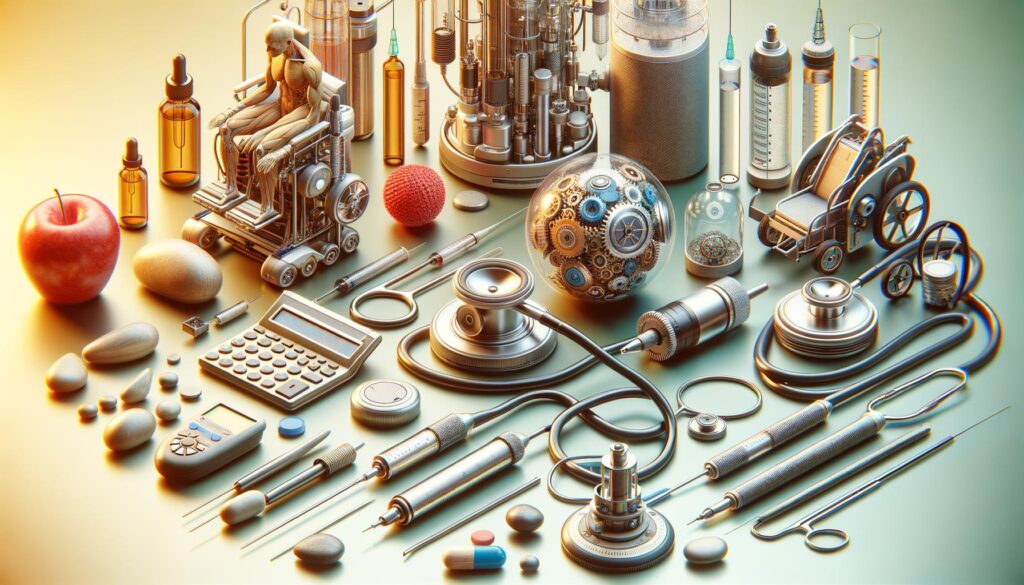Exploring Advanced Solutions for Stroke Recovery

Understanding Stroke Recovery Challenges
Stroke recovery is a multifaceted journey that involves overcoming numerous physical and cognitive hurdles. Each patient’s path is unique, with varying degrees of functional impairments depending on the stroke’s severity and location. Recovery often demands significant time and effort, encompassing medical treatments, physical rehabilitation, and supportive care. One common challenge faced by stroke survivors is motor dysfunction, which can severely affect mobility and daily activities. Additionally, cognitive deficits such as memory loss, difficulty in speaking, and attention issues can compound the complexity of recovery. Addressing these challenges requires a comprehensive approach where advanced solutions play a vital role, offering new hope for improved outcomes and quality of life.
Innovative Rehabilitation Techniques
The landscape of stroke rehabilitation has evolved with innovative techniques that focus on restoring function and independence. Advanced tools such as robotic-assisted therapy, virtual reality (VR) environments, and neuromodulation have introduced new dimensions to conventional rehabilitation practices. Robotic devices assist in repetitive, precise movements that stimulate muscle memory and promote healing in paralyzed or weakened limbs. VR-based exercises provide immersive settings where patients can engage in realistic activities that enhance motivation and cognitive abilities. Neuromodulation technologies, such as transcranial magnetic stimulation, are gaining attention for their role in stimulating neural networks, helping to rewire the brain and improve recovery prospects. These tools offer a personalized rehabilitation experience, adapting to the specific needs and progress of each individual.
The Role of Assistive Technology
Assistive technologies are integral to stroke recovery, offering solutions for enhancing mobility, communication, and everyday functioning. Devices such as speech-generating apps, adaptive utensils, and mobility aids provide crucial support for regaining independence in daily activities. Wearable technology also plays a transformative role, enabling continuous monitoring of health parameters and movement patterns. These devices offer real-time feedback, empowering patients and caregivers to make informed decisions about care strategies. Additionally, innovations like brain-computer interfaces are being explored for their potential to bypass damaged brain pathways, enabling direct communication between the brain and external devices. This cutting-edge technology represents a significant leap forward in overcoming communication barriers and empowering stroke survivors.
Embracing Holistic Recovery Approaches
While technological tools are essential, a holistic approach to stroke recovery emphasizes the importance of mental and emotional well-being. Integrating psychological support and lifestyle adjustments can significantly impact the speed and efficacy of recovery. Cognitive behavioral therapy (CBT) and mindfulness practices can help manage the emotional toll of stroke recovery, addressing issues such as depression and anxiety that many patients experience. Social support networks, including family, friends, and stroke support groups, provide vital encouragement and motivation. A nutrient-rich diet and regular physical activity tailored to individual capabilities further enhance the recovery process, promoting overall health and well-being. By combining advanced technologies with these holistic practices, recovery plans can be more comprehensive, addressing both the physical and mental aspects of healing.
Future Directions and Innovations in Stroke Recovery
The future of stroke recovery is promising, with ongoing research and development efforts focused on advancing current methodologies and introducing new paradigms. Researchers are exploring the potential of artificial intelligence (AI) and machine learning to develop predictive models that can customize rehabilitation protocols based on individual progress patterns. Stem cell therapy is another area of exploration, with the potential to repair damaged neural tissues and restore lost functions. Collaboration between technology developers, healthcare professionals, and patients is crucial in driving these innovations forward. By fostering an environment of continuous learning and adaptation, the stroke recovery field can evolve to offer better solutions that meet the diverse needs of survivors across the globe.
Conclusion
The evolution of advanced stroke recovery solutions presents an optimistic outlook for patients and healthcare providers alike. By integrating cutting-edge technologies with personalized, holistic approaches, it’s possible to enhance the recovery journey, leading to improved quality of life and greater independence for stroke survivors. As research and innovation continue to progress, the future holds the promise of even more effective, tailored solutions that will redefine how we approach stroke rehabilitation and recovery.
